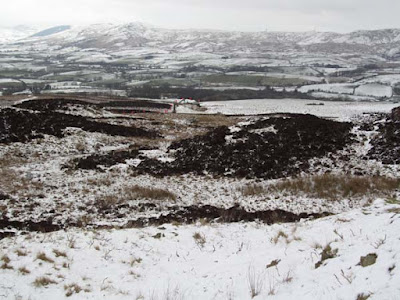For some time I have only occasionally walked in the Lake District, having objections to overcrowding, and parking difficulties. Perhaps that’s all a bit of overreaction.
Having a fresh look, motivated by the Marilyns list, I find there are 55 of these hills in Area 34 which covers The Lakes and a few hills further afield.
On “discovering” the Ms I found I had climbed 32, and have now done two more (Lambrigg Fell, subject of my last post), and on Monday, dare I say it, I ticked off Claife Heights?
Contrary to my petty Lake District prejudices, the village hall car park (£2 voluntary contribution) at Sawrey was empty, and my walk to Claife Heights and back may well have been located in the Antarctic for its dearth of humans.
Well, that now leaves 21 in this area. Scrutiny reveals interesting prospects and mini peaks that would not likely be visited otherwise. I wonder if fellow Marilyn baggers will become ubiquitous? There was one line of footprints in the snow going up to Claife Heights which looked fresh enough to have been made that day.
 |
| The skull and crossbones is the Memory Map marker I have used to denote Marilyns.I drove up on the minor roads on the western side of Windermere, and returned across the ferry. My last crossing a few years ago cost around £1- On Sunday- £4.30 |
 |
| The views from the ascent of Claife Heights are generally poor |
 |
| This was the best I could achieve on the summit |
______________________________________
Thursday - 24th January


































































